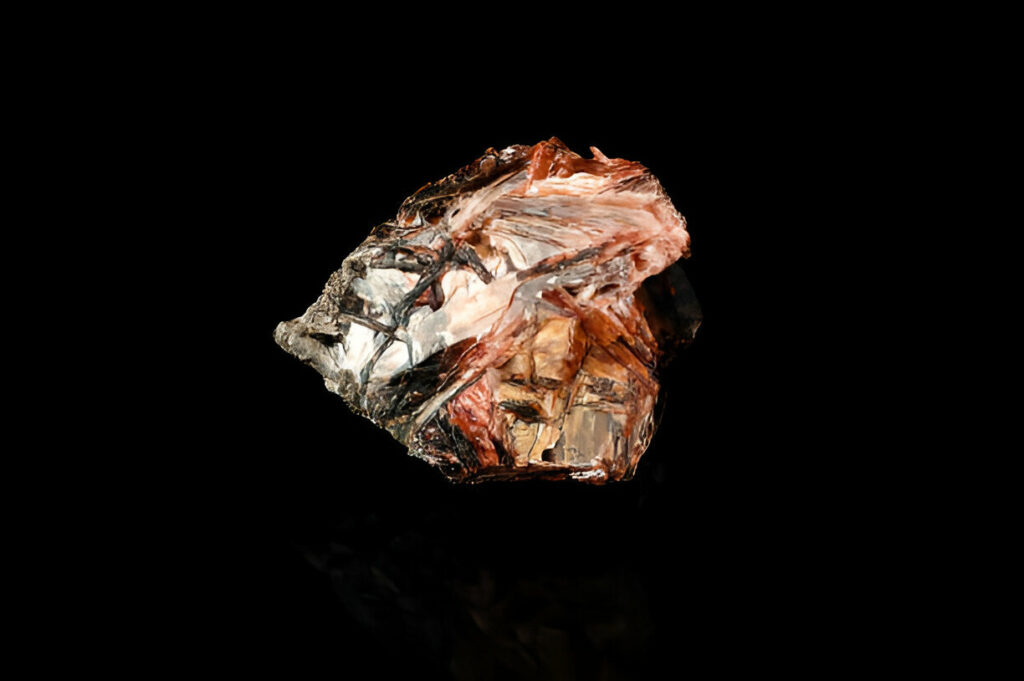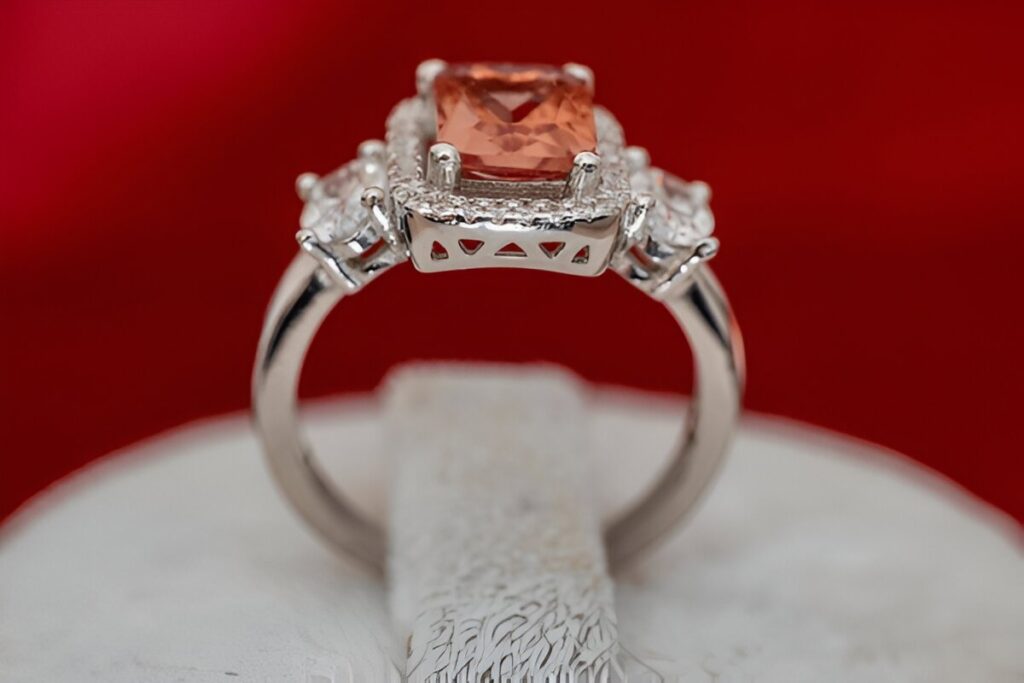How to Spot Fake Zultanite Like a Pro
Zultanite is not just another pretty gemstone—it’s a rare beauty with a chameleon-like personality. Found only in the mountains of Turkey, real Zultanite dazzles with a unique color change, shifting from kiwi green in sunlight to soft pinks or champagnes under indoor lighting.
But with rising popularity comes a darker side: fakes flooding the market. And spotting a fake Zultanite isn’t always easy unless you know what to look for.
So how do you make sure you’re not getting duped? Let’s dig into it.
What Is Zultanite and Why Is It Faked So Often?
Before we talk fakes, let’s get to know the real deal.
Zultanite is a trademarked name for natural diaspore, a gemstone mined exclusively in Turkey’s Anatolian mountains. Its most captivating feature is its natural color shift—a genuine transformation that occurs when lighting changes.
Because of its rarity and visual appeal, fake Zultanite has become more common in online marketplaces and tourist hotspots. These imitations often include synthetic materials like glass, cubic zirconia, or even color-treated gemstones.
Fake Zultanite? Here’s the Price Clue You’re Ignoring
Let’s be real—genuine Zultanite isn’t cheap. If a seller offers a Zultanite ring for under $50, it’s probably too good to be true.
Authentic Zultanite requires careful mining and precise cutting. That level of craftsmanship—and scarcity—commands a premium price. In contrast, fakes can be mass-produced at a fraction of the cost.
👉 Tip: Compare prices from multiple reputable jewelers. If something’s drastically cheaper, be suspicious.
Spot the Shift: Real Zultanite Changes Color
This is where the magic happens.
One of the most telling signs of real Zultanite is its distinctive color change. You should see a clear transformation from greenish hues in daylight to pinkish or champagne tones under indoor lighting.
Try This Simple Test:
- Step outside with the gemstone and observe its color.
- Move indoors under warm, incandescent light.
- Watch for a noticeable shift in color.
No color change? Then it’s almost certainly not Zultanite.
Check the Papers: Real Zultanite Comes Certified
Any trustworthy seller should provide a gemological certificate for Zultanite. If you’re met with vague excuses like “It’s natural, trust us,” that’s a big red flag.
Ask for verification from respected labs like:
- GIA (Gemological Institute of America)
- IGI (International Gemological Institute)
- AGL (American Gemological Laboratories)
These certificates will confirm the stone’s identity, authenticity, and origin. Always ask to see them before you buy.
Geography Doesn’t Lie: Where Was It Mined?
This part is non-negotiable.
Genuine Zultanite only comes from Turkey. Specifically, a single mine in the Anatolian mountains. If your seller claims the gem was sourced from Brazil, Africa, or some vague “international supplier,” walk away.
👉 Pro Tip: Ask about the gem’s origin and request documents that prove it. Sellers dealing in real Zultanite will happily provide this information.
Real Zultanite Isn’t Flawless—And That’s Okay
Here’s a counterintuitive truth: if your Zultanite is flawless, it might be fake.
Zultanite has a Mohs hardness rating of 6.5–7, which makes it relatively soft. Flawless, oversized stones are rare and expensive. Most genuine Zultanite will have minor inclusions and natural imperfections.
Fake Zultanite—often made from lab-grown materials or glass—tends to look too perfect. That’s your clue.
Also, genuine Zultanite has a subtle sparkle. It’s elegant, not over-the-top. If the gem flashes like a disco ball, it’s likely synthetic.
The “Gut Check” Factor: Trust Your Intuition
Sometimes your instincts know best.
If the seller seems shady, the website feels rushed, or the deal looks suspiciously sweet—pause. Real Zultanite is an investment. You deserve transparency, professionalism, and clear answers to your questions.
Don’t feel pressured to make a decision on the spot. A reputable seller won’t rush you. Take your time, do your homework, and never hesitate to ask questions.
Still Unsure? Let a Gemologist Be Your Guide
When in doubt, get a second opinion.
Certified gemologists have the tools and training to verify Zultanite authenticity. For a small fee, they can test the gem’s chemical properties, refractive index, and color change.
Think of it like hiring a mechanic to inspect a used car. A little up-front effort can prevent a costly mistake down the line.
Wrapping It Up: Keep the Sparkle, Skip the Scam
Spotting fake Zultanite isn’t about being paranoid—it’s about being informed. With a bit of knowledge and some practical steps, you can confidently shop for this dazzling, rare gem.
Here’s a Quick Recap to Keep in Your Back Pocket:
- Real Zultanite changes color—dramatically.
- Price matters. Super cheap usually means super fake.
- Only Turkey produces genuine Zultanite.
- Ask for proper certification.
- Imperfections are normal. Perfection might be fake.
- Trust your gut and verify with a gemologist when needed.
Buying Zultanite should be an exciting experience—not a stressful guessing game. Armed with the right questions and awareness, you’ll never be fooled by fakes again.
So go ahead—chase that sparkle. Just make sure it’s the real thing. 💎
Find More Buyer’s Guide Reads….
Reference;
https://gemstonebank.com/how-to-spot-fake-zultanite/




